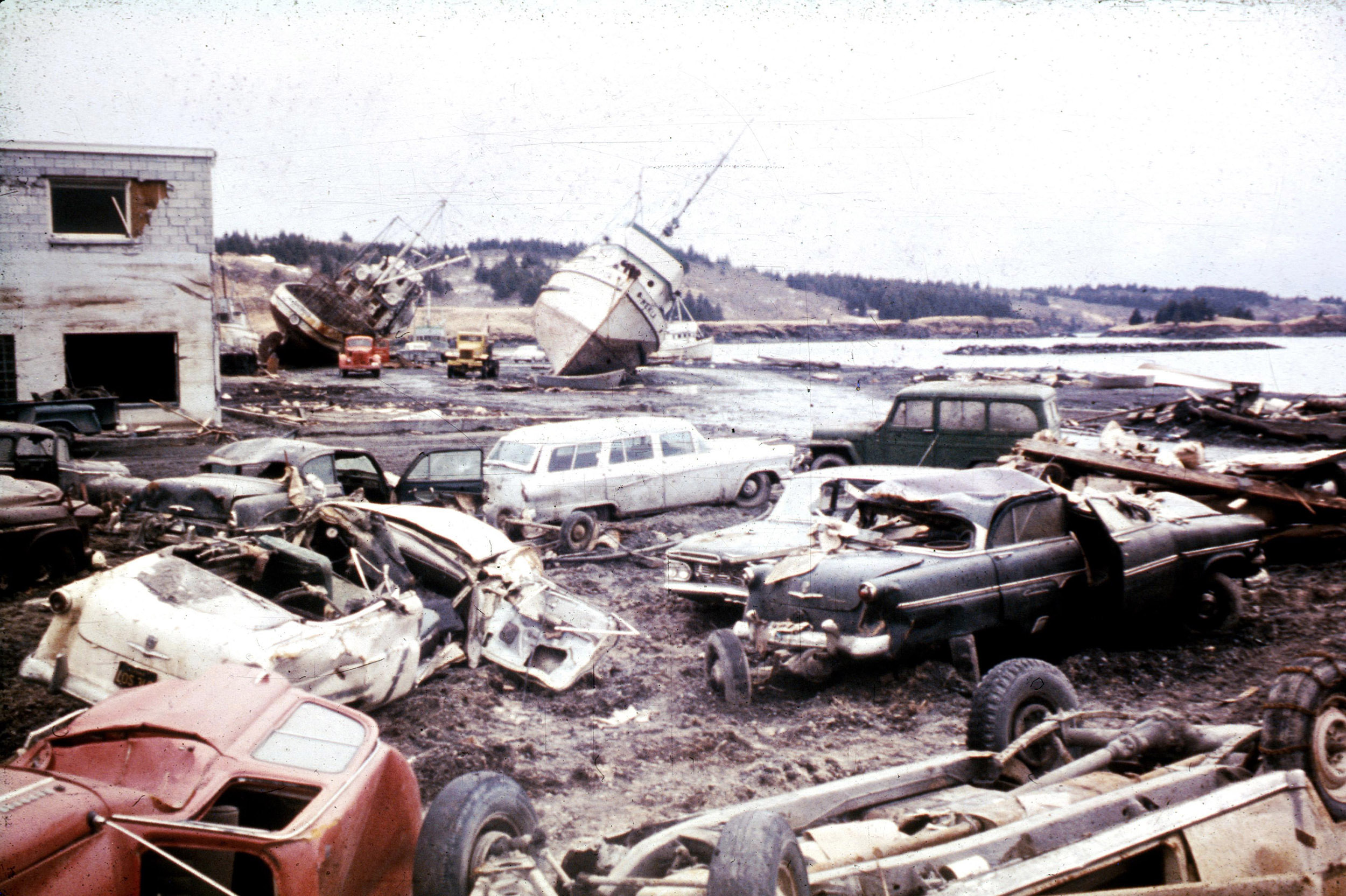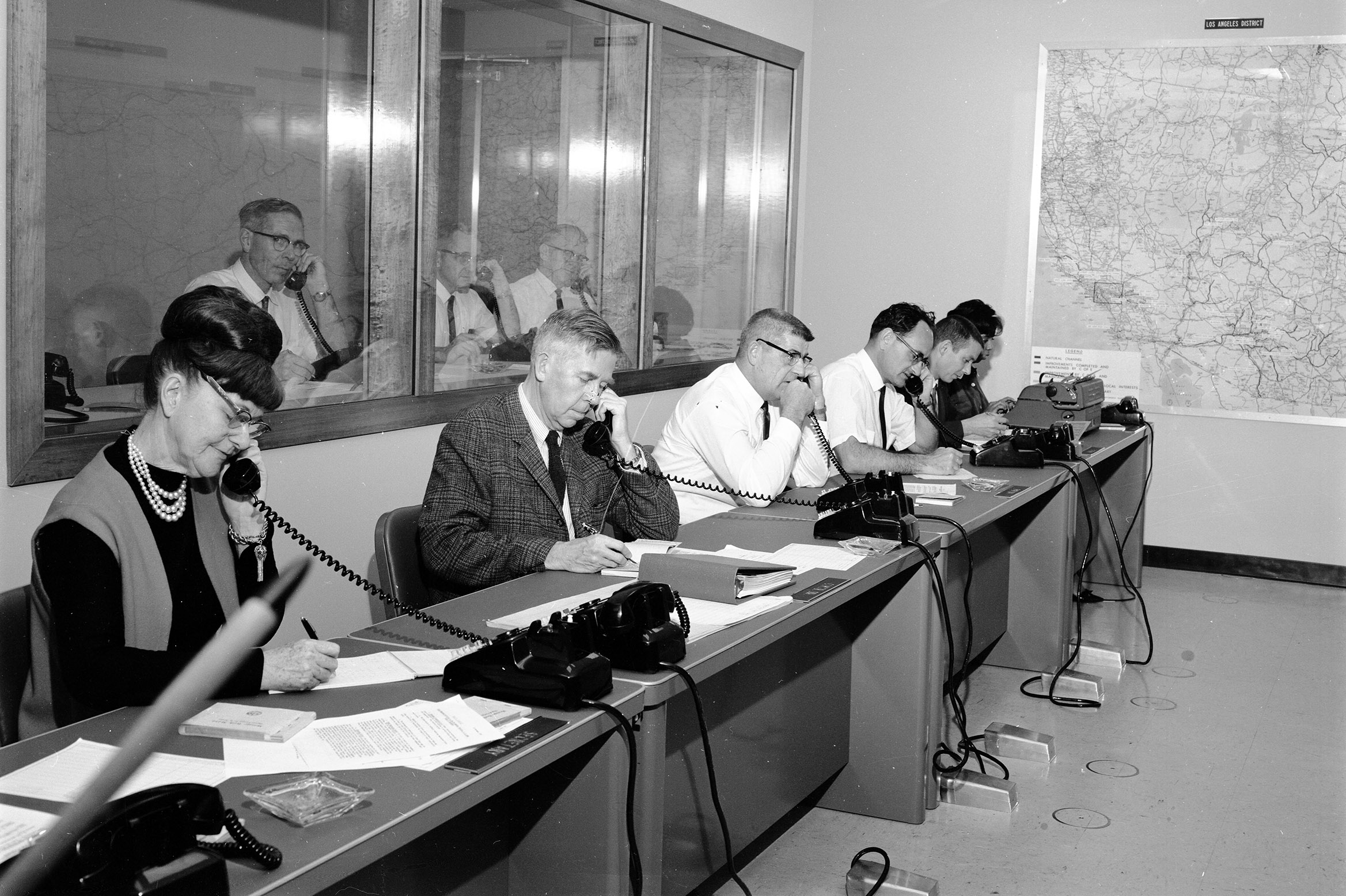Each year the U.S. Army Corps of Engineers (USACE) deploys hundreds of highly trained personnel, along with vast resources, across the U.S. and its territories in response to a variety of domestic emergencies. Its primary role is to assist the Federal Emergency Management Agency (FEMA) by coordinating federal public works and engineering-related support, as well as providing technical assistance, engineering expertise, and construction management to meet response and recovery needs. The origins of this contemporary mission reach back almost 150 years to the late nineteenth century, and the mission has since grown to meet the evolving needs of a rapidly expanding and industrializing nation. To capture and communicate this important story, the USACE Office of History is producing a three-volume history of Emergency Operations.
The first in that series, Situation Desperate (2011), was authored by Leland Johnson and tells the story of the first six decades of the disaster response mission. The Corps of Engineers embraced this mission in 1882 when Congress tasked it with distributing food and relief supplies following a great Mississippi River flood of that year. Army Engineers later played a critical role in responding to a wide range of disasters, including the devastating Johnstown flood of 1889, the San Francisco earthquake of 1906, and the Texas City explosion in 1947. Over that same period, the government made efforts to formalize the role of federal agencies, including the Corps, in coordinating disaster response activities and encouraging collaboration with state, local, and nongovernmental partners.
This second volume, Destruction Imminent: U.S. Army Engineer Disaster Relief Operations, 1950 to 1979 (2024), is written by Damon Manders and begins with a detailed legislative history of the Federal Disaster Relief Act of 1950, which created a permanent and continuous mechanism for federal disaster response. Over the next thirty years, responsibility for disaster relief shifted increasingly from primarily local to federal government, from the legislative branch to mainly the executive branch, and from subordinate agencies to agencies with greater proximity to the president. These changes had the effect of distributing the cost and risk of disasters from the individual to the nation, even as costs of disasters and the percentage paid by the federal government rose. This evolution also strengthened the response efforts by giving the disaster relief coordinator greater political clout, which was especially important as the scale and cost of these mission grew. In the 1960s the Corps responded to two particularly devastating natural disasters: the Great Alaska earthquake (1964), the most powerful ever recorded in the United States, and Hurricane Camille (1969), a Category 5 storm that remains the second-most intense storm on record to strike the United States. The extensive damage caused by these events and Tropical Storm Agnes (1972) a few years later prompted Congress in 1974 to broaden federal responsibility for assisting states and localities following disasters and assigning responsibility to federal agencies. This second volume of the series concludes with the establishment of FEMA in April 1979 and the centralization of the nation’s emergency functions under that agency.
The third volume is scheduled for publication in 2026 and will address the expanding role of FEMA and the robust growth of the USACE emergency response mission at the division and district levels. It will discuss the coordinated responses of these USACE offices to a series of devastating mega-disasters including Hurricanes Katrina, Sandy, and Maria as well as the Deepwater Horizon oil spill, the Mississippi River flood of 1993, and the terrorist attacks of September 11, 2001.
 |
|
 |
Tsunami damage along the waterfront at Kodiak following the devastating Alaska earthquake. Mar. 1964.
U.S. Geological Survey |
|
A Los Angeles District flood control map and employees on phones
during a flood fight or response operations. Nov. 22, 1965.
Office of History, Los Angeles District Collection |
| |
|
|
 |
|
 |
Chief of Engineers Lt. Gen. John W. Morris visits Army troops in Buffalo, N.Y., during the response to the Blizzard of 1977.
Office of History, Buffalo District Photo |
|
Investigators in red jackets and white hard hats look upstream through a dam breach at Toccoa, Ga. Nov. 7, 1977.
U.S. Geological Survey |
| |
|
|
***
March 2024. No. 164.